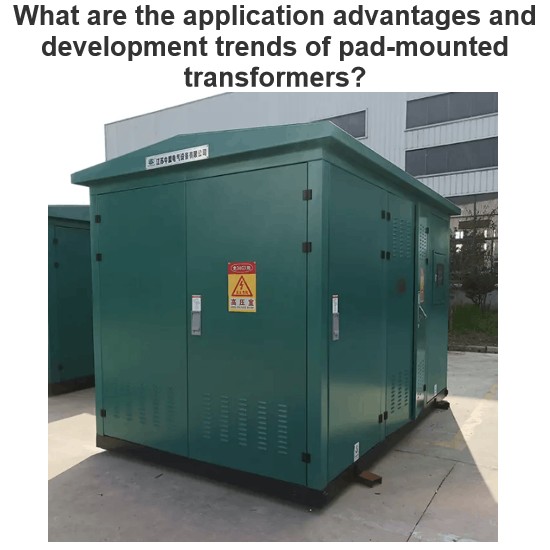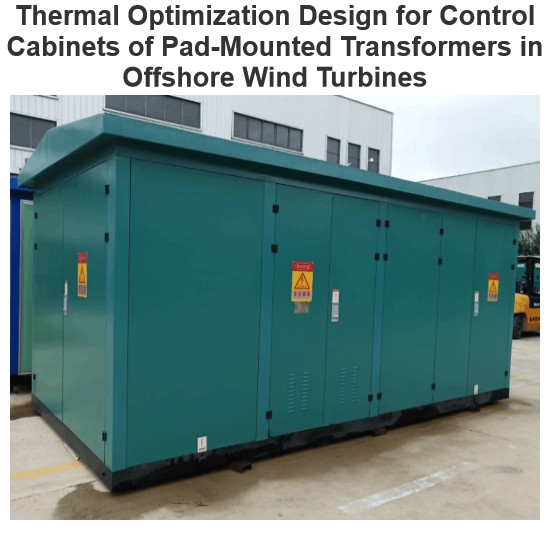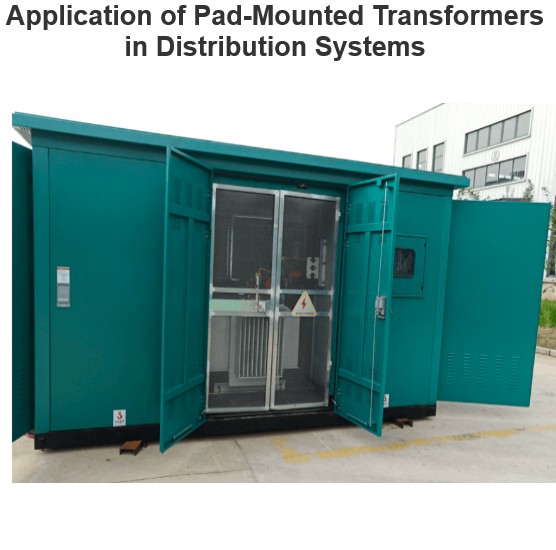Vector Group Test of Power Transformer
Vector Group Test Definition
The vector group test of a transformer checks the phase sequence and angular difference to ensure transformers can operate in parallel.
Vector Group Test of Transformer
The vector group of a transformer is essential for successful parallel operation of transformers. Every electrical power transformer must undergo a vector group test at the factory to ensure it matches the customer’s specified vector group.
The phase sequence, or the order in which phases reach their peak voltage, must be identical for transformers operating in parallel. Otherwise, each pair of phases will short circuit during the cycle.
The several secondary connections are available in respect of various primary three phase connection in a the three phase transformer. So for same primary applied three phase voltage there may be different three phase secondary voltages with various magnitudes and phases for different internal connection of the transformer.
Let’s have a discussion in detail by example for better understanding.
We know that, the primary and secondary coils on any one limb have induced emfs that are in time-phase. Let’s consider two transformers of same number primary turns and the primary windings are connected in star.
The secondary number of turns per phase in both transformers are also same. But the first transformer has star connected secondary and other transformer has delta connected secondary. If same voltages are applied in primary of both transformers, the secondary induced emf in each phase will be in same time-phase with that of respective primary phase, as because the the primary and secondary coils of same phase are wound on the same limb in the core of transformer.
In first transformer, as the secondary is star connected, the secondary line voltage is √3 times of induced voltage per secondary phase coil. But in case of second transformer, where secondary is delta connected, the line voltage is equal to induced voltage per secondary phase coil. If we go through the vector diagram of secondary line voltages of both transformer, we will easily find that there will be a clear 30o angular difference between the line voltages of these transformers.
If we try to run these transformers in parallel, a circulating current will flow between them due to the phase angle difference between their secondary line voltages. This phase difference cannot be compensated. Therefore, transformers with secondary voltage phase displacements cannot be used for parallel operation of transformers.
The following table shows connections where transformers can operate in parallel, considering phase sequence and angular differences. Based on their vector relation, three-phase transformers are divided into different vector groups. Transformers within the same vector group can be easily paralleled if they meet other conditions for parallel operation.
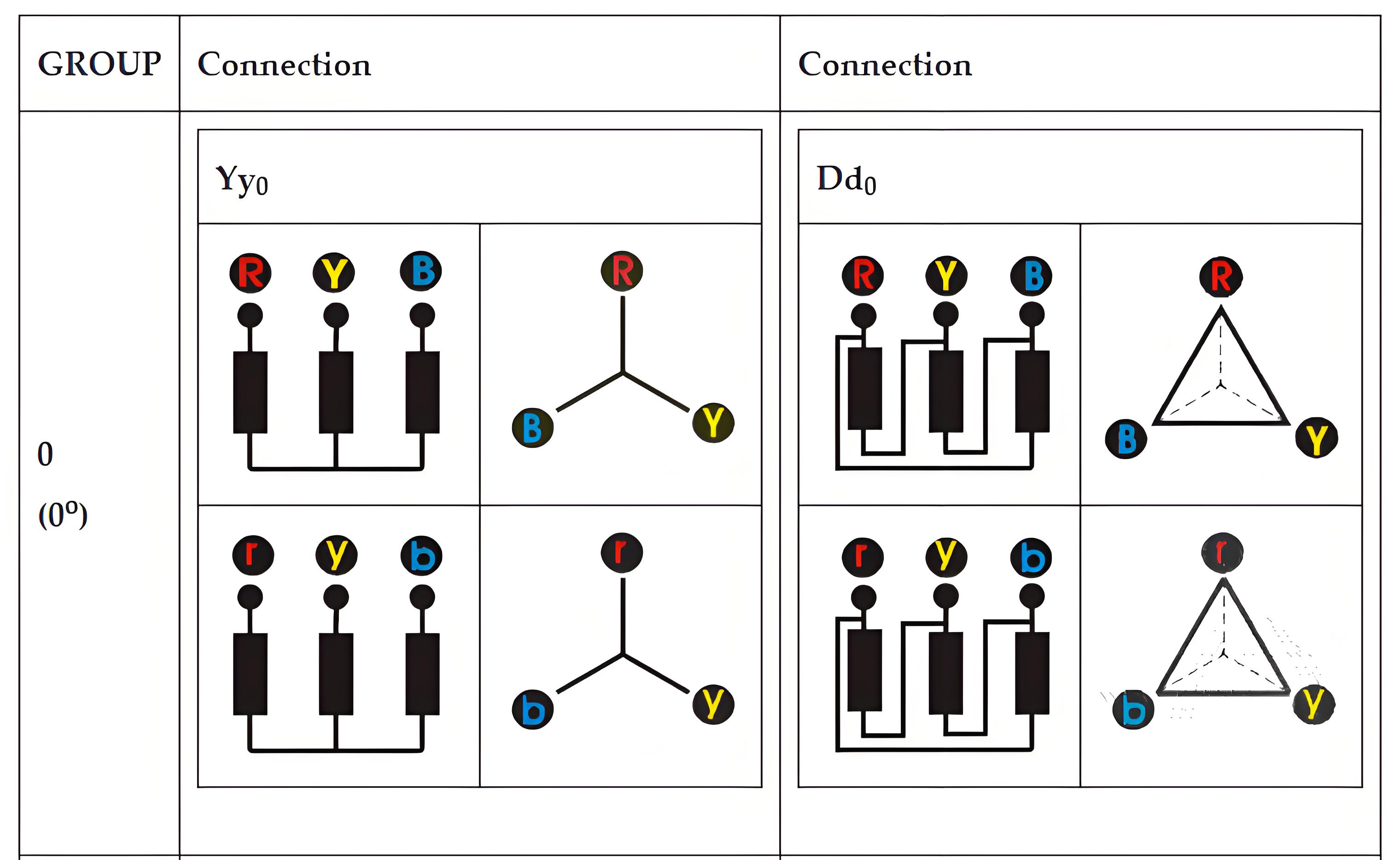
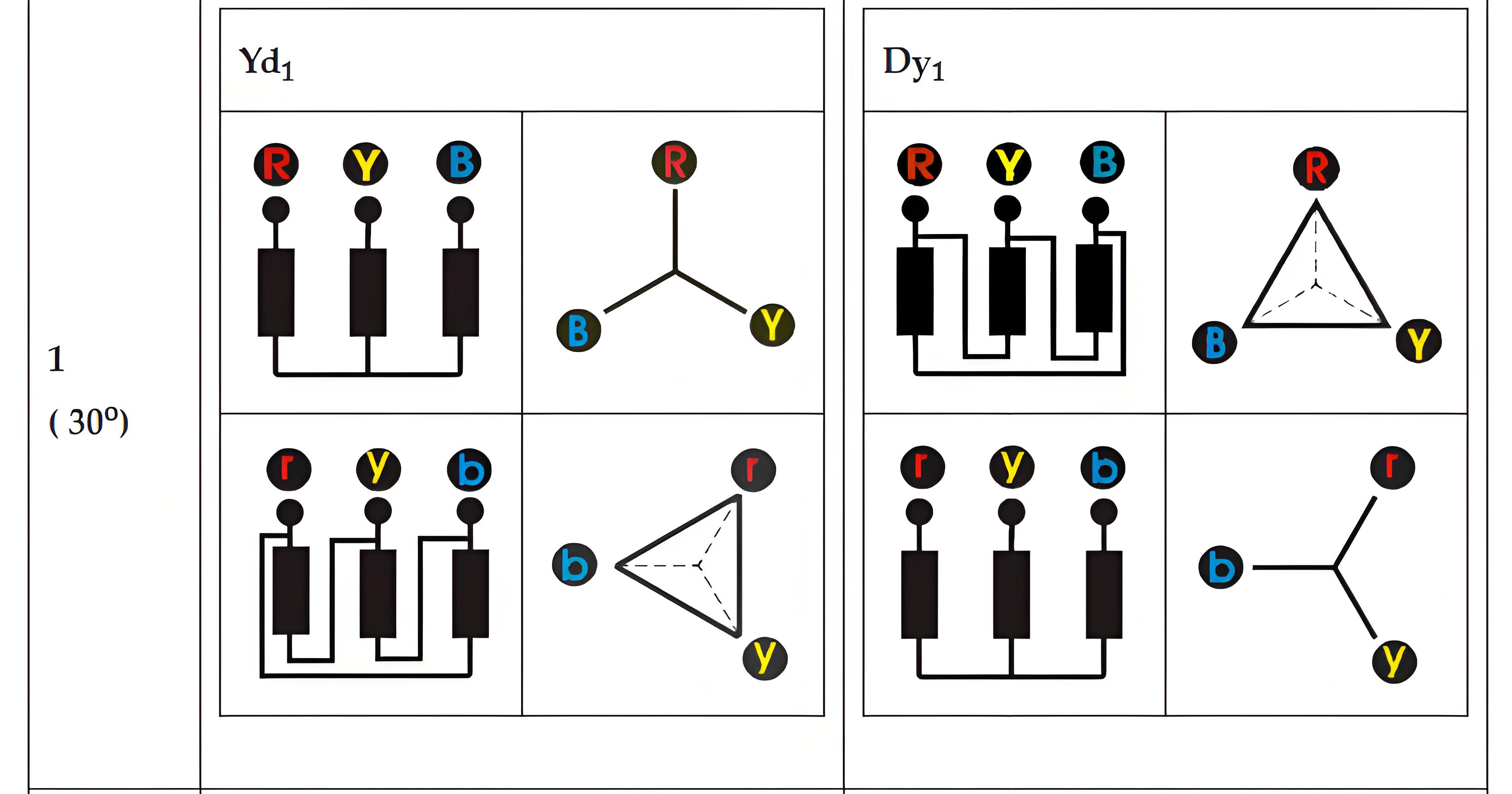
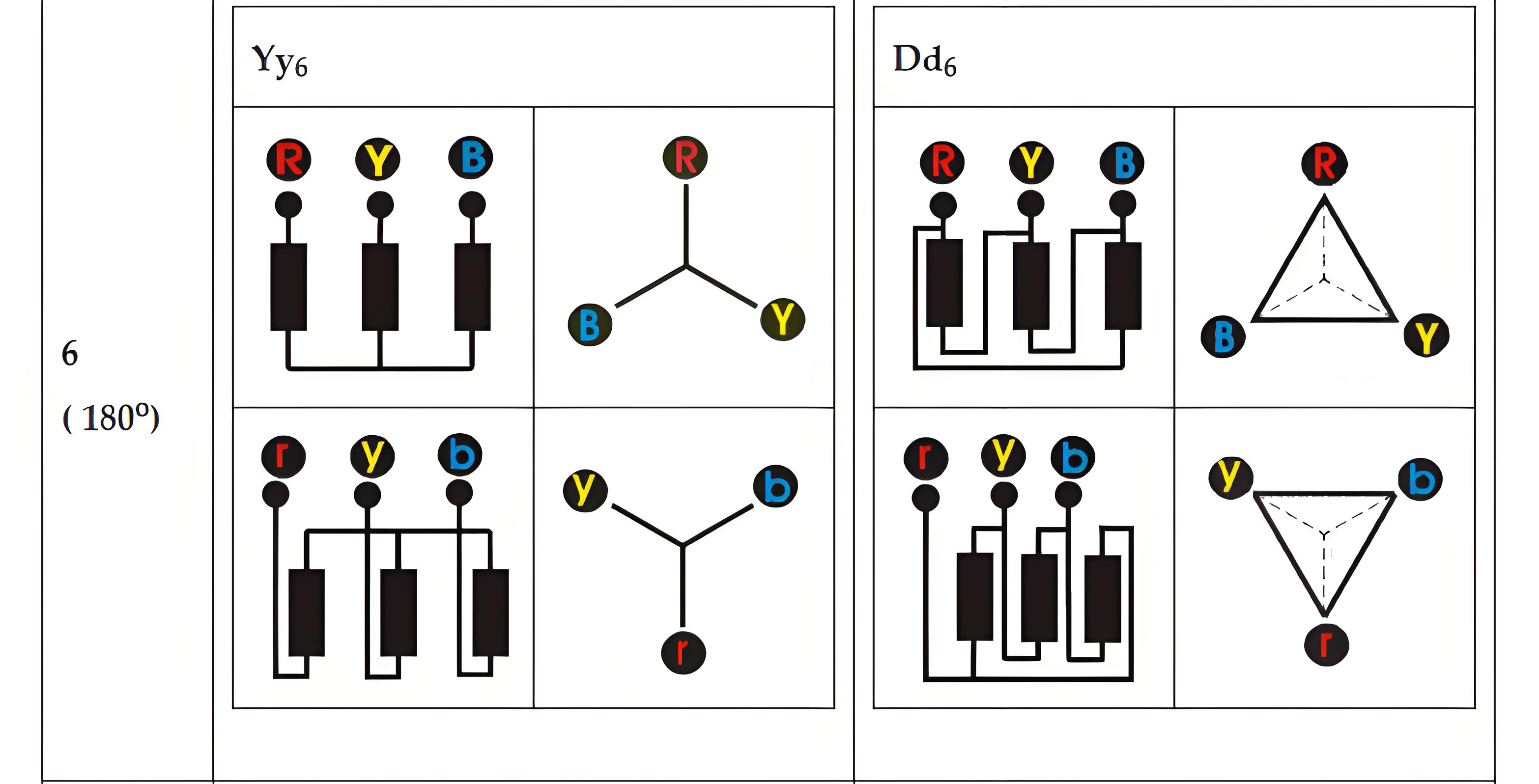
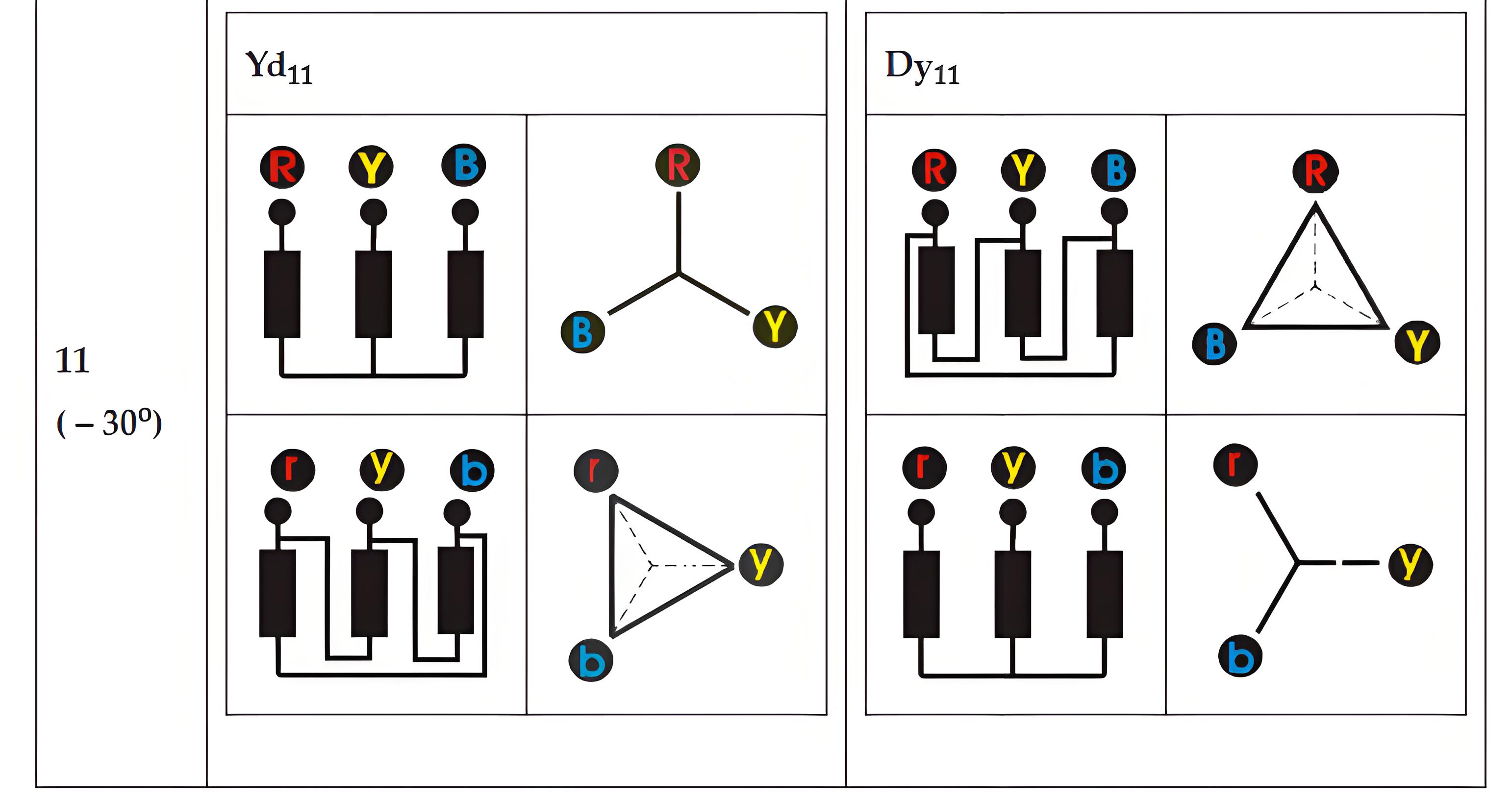
Procedure of Vector Group Test of Transformer
Let’s have a YNd11 transformer.
Connect neutral point of star connected winding with earth.
Join 1U of HV and 2W of LV together.
Apply 415 V, three phase supply to HV terminals.
Measure voltages between terminals 2U-1N, 2V-1N, 2W-1N, that means voltages between each LV terminal and HV neutral.
Also measure voltages between terminals 2V-1V, 2W-1W and 2V-1W.
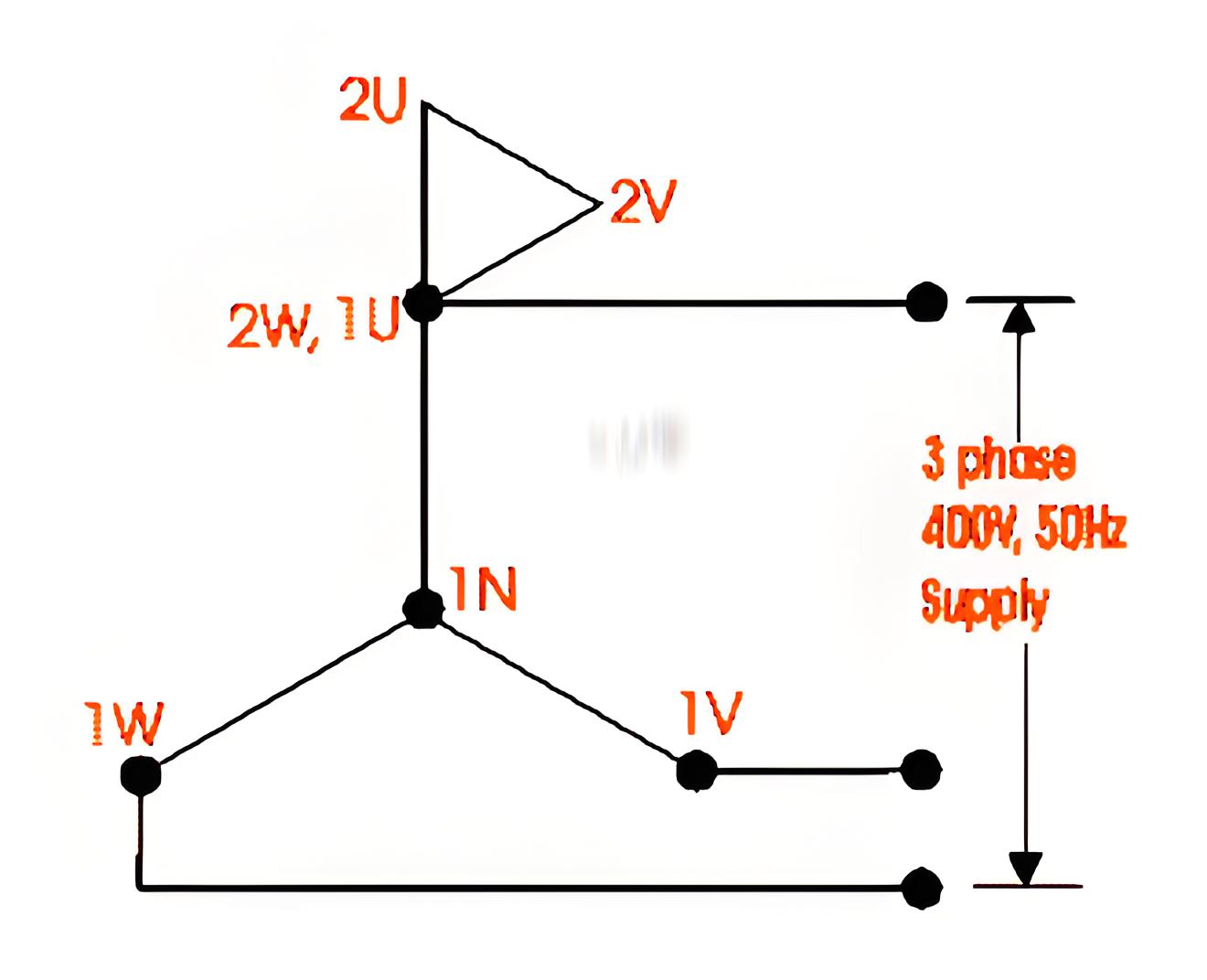
For YNd11 transformer, we will find,
2U-1N > 2V-1N > 2W-1N
2V-1W > 2V-1V or 2W-1W .
The vector group test of transformer for other group can also be done in similar way.
The Electricity Encyclopedia is dedicated to accelerating the dissemination and application of electricity knowledge and adding impetus to the development and innovation of the electricity industry.
